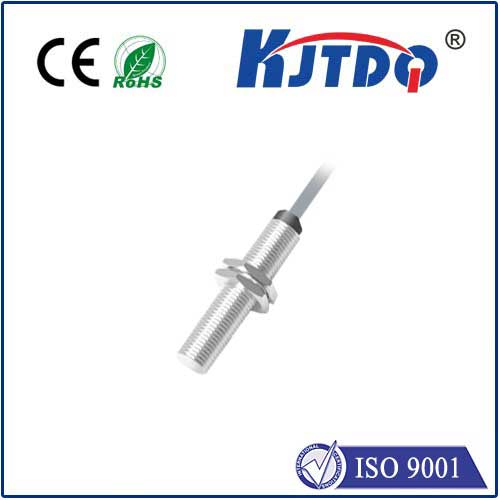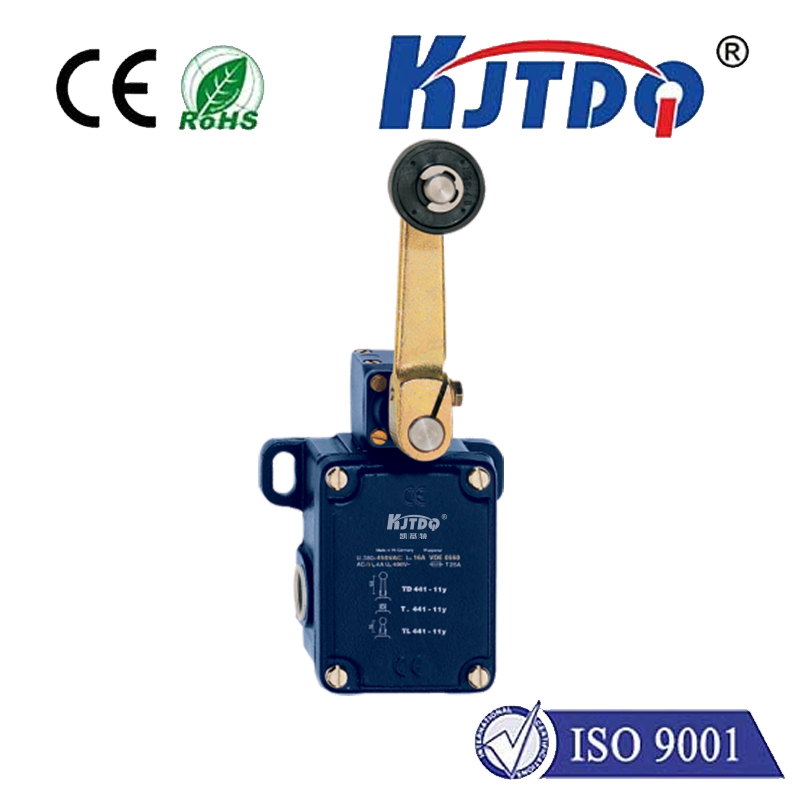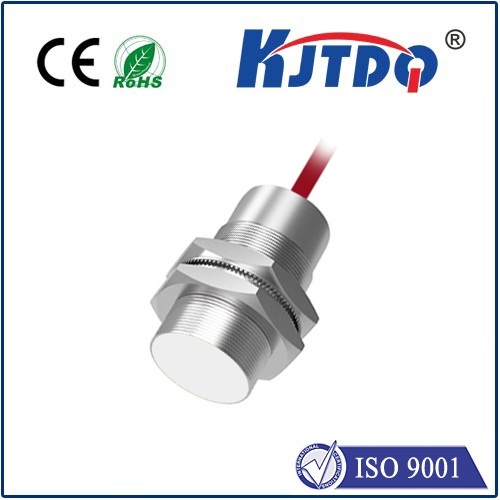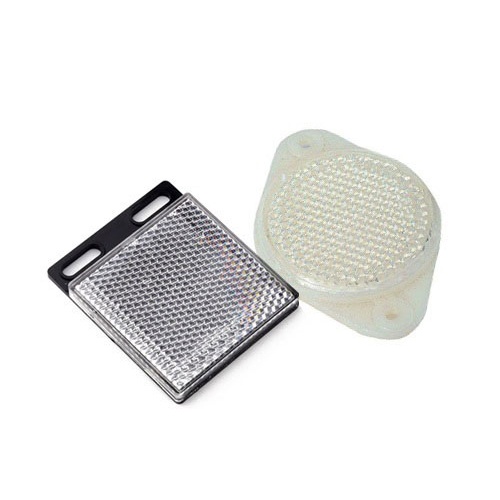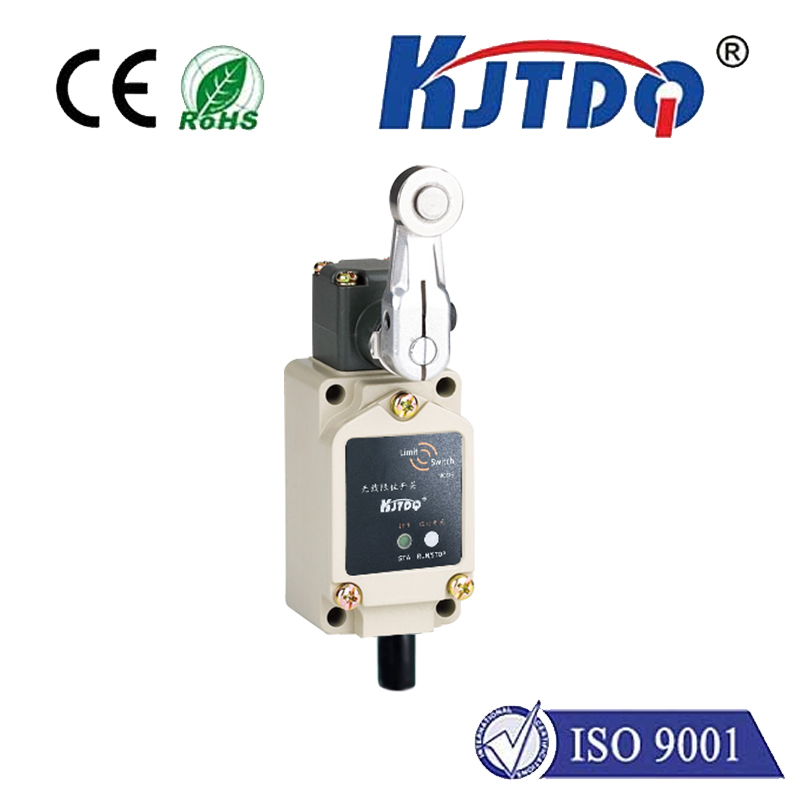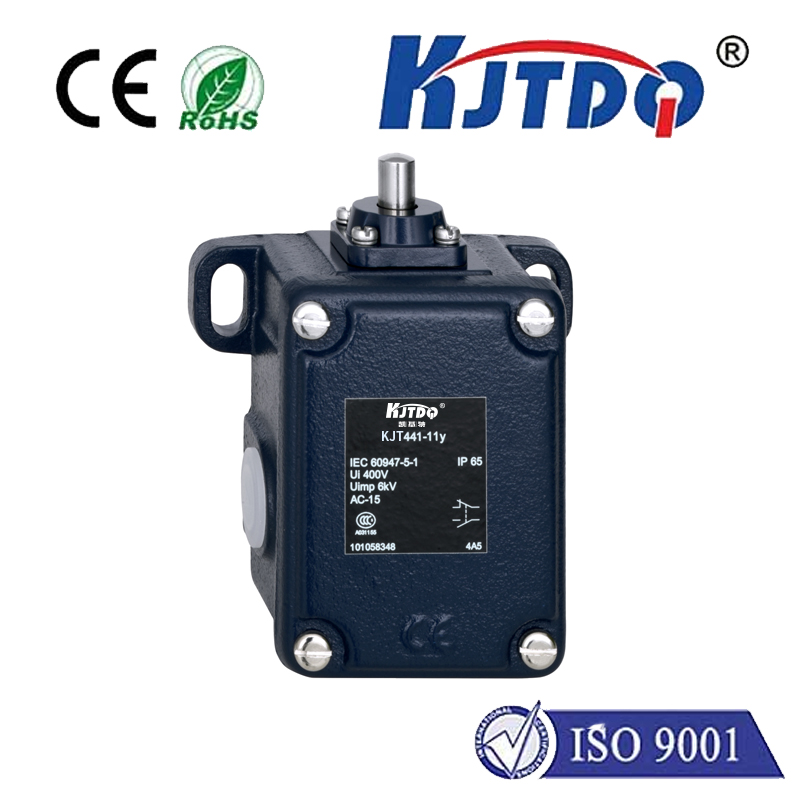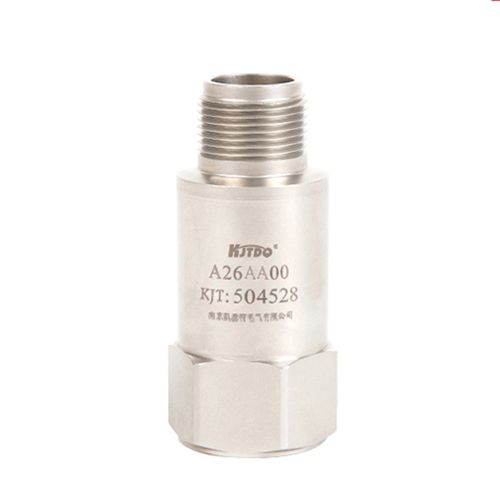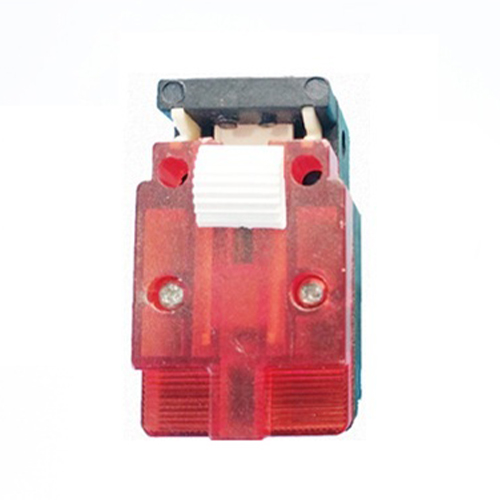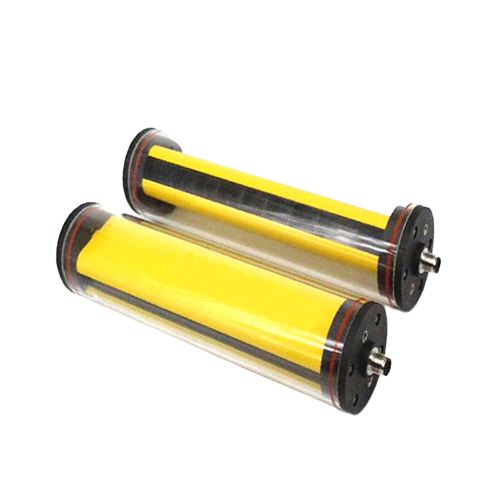inductive switches proximity sensor
- time:2025-06-26 01:47:22
- Click:0
Inductive Proximity Sensors: The Essential Guide to Non-Contact Detection in Industry
In the relentless hum of modern industry, where reliability and precision are non-negotiable, a silent guardian ensures seamless operations: the inductive proximity sensor. Often referred to as inductive switches or simply prox sensors, these robust, non-contact devices are fundamental to automated systems worldwide, detecting the presence or absence of metallic objects with unwavering accuracy. Understanding their function, advantages, and vast applications unlocks the potential for smarter, more resilient manufacturing and machinery control.
The Heart of the Matter: Electromagnetic Sensing
At its core, an inductive proximity switch operates on the principle of electromagnetic induction – the same phenomenon discovered by Michael Faraday. Here’s how it works:
- Generating the Field: A coil housed within the sensor’s sensing face is energized by an oscillator circuit, generating a high-frequency (typically ranging from kHz to MHz) oscillating electromagnetic field.
- Target Interaction: When a conductive metal target (like steel, aluminum, copper, brass) enters this active field, eddy currents are induced on the surface of the target.
- Energy Drain and Detection: These eddy currents draw energy from the sensor’s oscillating field, effectively damping its amplitude. (Think of it like the sensor’s field strength “sagging” when metal gets close).
- Signal Processing and Switching: Internal circuitry continuously monitors the state of the oscillation. The significant damping caused by the target triggers a change in the sensor’s output state. This output is what controls connected devices like PLCs, relays, motor starters, or indicator lights.
Illustration depicting the internal components (oscillator, coil, signal evaluator) and the electromagnetic field interacting with a metal target.

Beyond Simple Detection: Key Advantages
Inductive proximity sensors have become indispensable due to a compelling set of features that outperform traditional mechanical limit switches:
- Non-Contact Operation: This is the defining characteristic. Physical contact is never required, meaning no moving parts to wear out. This translates directly to a massively extended operational lifespan and eliminates mechanical failures like sticking contacts or broken levers.
- High Reliability & Speed: The solid-state design enables incredibly fast response times (often microseconds), making them ideal for high-speed counting or position verification tasks. Their immunity to physical wear ensures consistent performance over millions of operating cycles.
- Robust Construction: Designed for harsh environments. Sealed enclosures (often IP67, IP68, IP69K or NEMA-rated) protect against dust, moisture, oils, and coolants. Rugged materials like nickel-plated brass or stainless steel housings resist vibration, shock, and chemical exposure.
- Maintenance-Free Operation: With no moving parts that require lubrication or replacement contacts, these sensors offer true set-and-forget reliability, significantly reducing machine downtime and maintenance costs.
- Insensitivity to Surface Conditions: They reliably detect metals through accumulated dirt, oil, paint films, and water – conditions that would plague optical sensors or cause mechanical switches to jam.
Where They Shine: Diverse Industrial Applications
The versatility of inductive proximity sensors makes them ubiquitous across virtually every industrial sector:
- Machine Control & Position Sensing: Detecting cylinder rod position end-of-stroke, verifying part presence in fixtures or clamps, confirming the open/closed state of valves, or limiting axis travel on CNC machines.
- Automated Assembly & Packaging: Counting bottles or cans on high-speed lines, verifying component placement on PCBs or assemblies, detecting metal lids or caps, and triggering robotic arm operations.
- Material Handling: Monitoring conveyor belts for material jams or flow, detecting metal pallets or totes, controlling sorting gates based on metal parts, and ensuring proper stacking.
- Automotive Manufacturing: Verifying engine block presence on machining lines, detecting gear position in transmissions, controlling robotic welding arms near car bodies, and confirming wheel hub placement.
- Metalworking: Tool breakage detection in CNC machining centers (detecting the tool holder shank), monitoring feed rates of bar stock, and verifying workpiece clamping.
- Safety Systems: Often used as part of safety interlock circuits to confirm guarding is in place before machine start-up.
Choosing the Right Sensor: Key Considerations
Selecting the optimal inductive proximity sensor involves evaluating several critical parameters:
- Sensing Distance: The nominal operating distance (Sn) specified by the manufacturer, typically for mild steel targets. Crucially, actual sensing distance varies significantly with the target material’s properties (e.g., aluminum requires a shorter range than steel). Factor in installation tolerances (typically 10% of Sn).
- Flush Mounting (Shielded) vs. Non-Flush (Unshielded): Shielded sensors can be mounted flush with or embedded within metal brackets, offering precise detection with minimal side interference. Unshielded sensors provide longer ranges when mounted away from metal surfaces.
- Housing Material & Shape: Cylindrical (M8, M12, M18, M30) and rectangular or block shapes are common. Material choice (stainless steel vs. plastic/PBT) depends on chemical exposure, washdown requirements, and mechanical load.
- Output Type: Choose between NPN (sinking) or PNP (sourcing) transistor outputs, NO (normally open), or NC (normally closed) switching logic to match PLC input card requirements. Options also include analog (current/voltage proportional to distance) or specialized IO-Link sensors for digital data communication.
- Operating Frequency: Determines how quickly the sensor can toggle its output state, critical for high-speed counting applications.
- Environmental Ratings: Ensure the IP (Ingress Protection) or NEMA rating meets the demands of the installation environment (dust, water, temperature extremes).
The Indispensable Workhorse
From the intricate dance of robotic assembly cells to the heavy-duty operations of steel mills, inductive proximity sensors are the silent, reliable sentinels of automation. Offering unparalleled robustness, non-contact operation, and resistance to harsh conditions, they deliver the essential signals that keep complex systems running smoothly and efficiently. Understanding their electromagnetic sensing principle, key advantages, and application nuances empowers engineers and technicians to leverage these vital components effectively, driving productivity and reliability across the vast landscape of modern industry.












